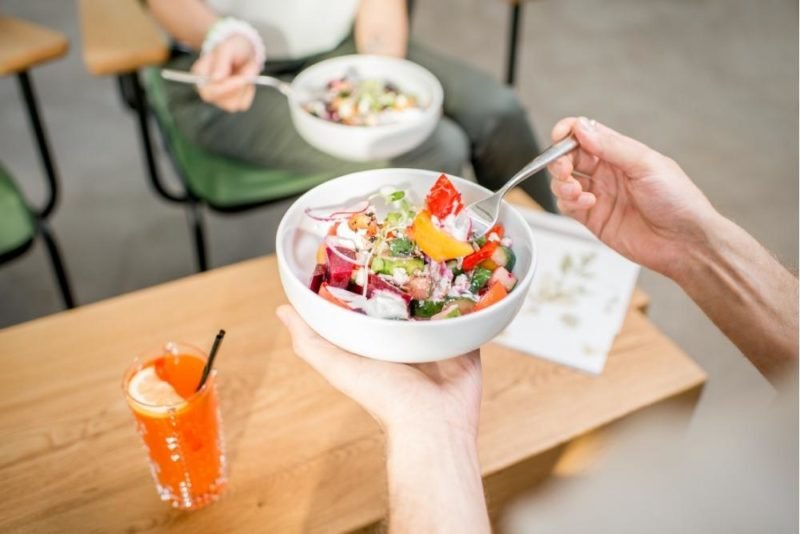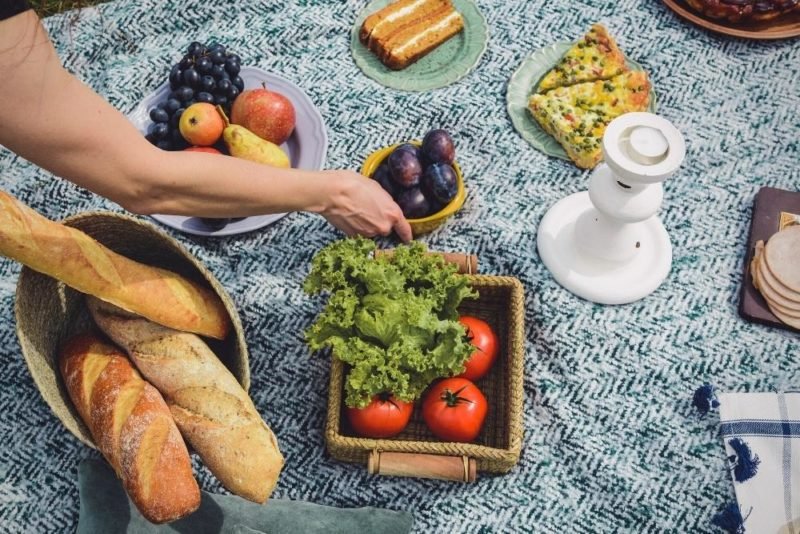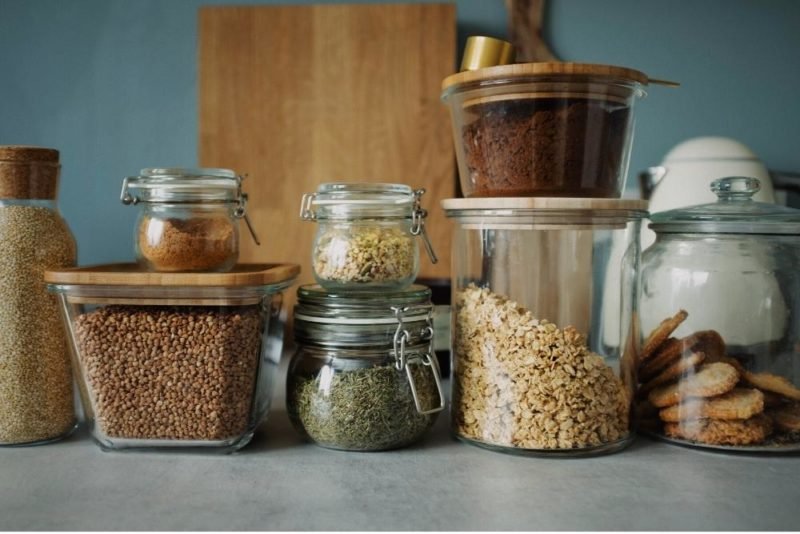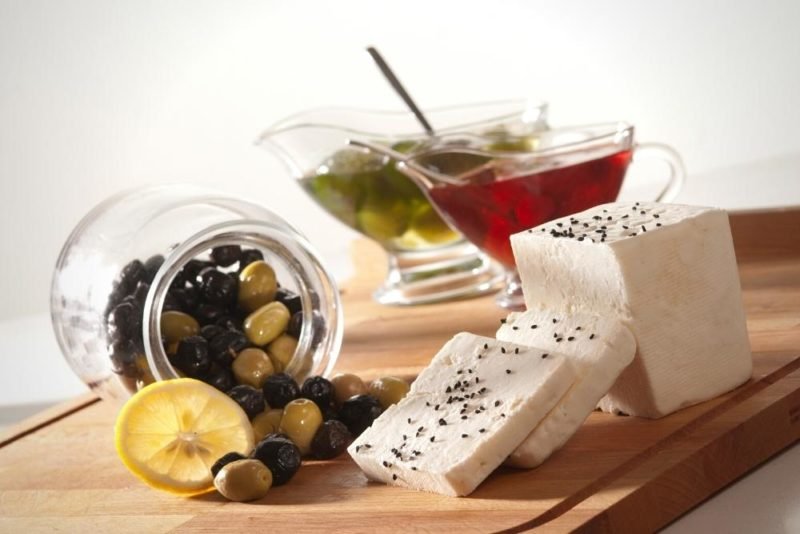Meal planning as a way of connecting with food
[ad_1]

Meal preparing can sense like just just one extra “to-do,” or it can bring about panic from earlier dieting attempts. If you tend to make meal programs, store for these options, then observe the foods (specifically the new generate) rot in the fridge when you get takeout, then the really considered of meal scheduling can come to be a guilt fest. These are the negatives.
On the favourable facet, meal preparing can support you meaningfully connect with your foodstuff. Now listen to me out. When you have a strategy, you can choose what is for evening meal (and maybe breakfast and lunch) when you’re not hungry. That usually means when you are hungry you can emphasis on planning and consuming, relatively than standing in the grocery retailer (or in front of your refrigerator) waiting for inspiration to strike.
I have experienced lots of of my intuitive eating clientele tell me they eat much more intuitively when they do at minimum gentle food organizing, for the reason that when they don’t get that action, they are inclined to:
- Get hungry
- Not want to make an impromptu selection about what to take in
- Get primally hungry as extra time elapses
- Conclude up grazing on whatever’s useful in the pantry
- Experience unsatisfied and from time to time physically icky

How preparing will help you join
Section of owning a healthful, balanced, pleasurable romance with food items is sensation related to foodstuff. That contains grocery buying and cooking with some form of strategy (unless you are definitely an improvisational cook).
For the most part, planners are inclined to make more enjoyable foodstuff, and sometime additional exciting meals. Why, since when you plan, it is a lot easier to healthy a new recipe into your week, somewhat than relying on experimented with-and-true standbys 100% of the time.
Planners (who adhere to their strategy) also are likely to waste less meals, because they store for what they plan to use. Aspect of getting connected to our meals can consist of gratitude that we HAVE meals, as properly as gratitude for the numerous souls who grew, processed, transported, stocked and facilitated the sale of the food stuff in our carts and in our kitchens. Reducing squander is 1 way of demonstrating that gratitude.

Earning scheduling and procuring a lot easier
I wrote an total weblog submit earlier on “How does meal setting up operate with Intuitive Consuming?” It is whole of wonderful information, so I will not repeat that right here. But I will communicate about the merits of acquiring a pantry to tumble back again on.
Setting up and shopping are less complicated when you don’t have to purchase each and every small point you require to make a meal. When you have a strategically stocked pantry (strategically, for the reason that it is not just crammed entire of random factors you won’t try to eat right before they obtain dust), you operate to the retail store considerably less, expend a lot less time at the keep when you do go, and have crisis backup components on hand if a new recipe is a bust. Listed here are some of the staples I advocate:

The necessities
Canned salmon and tuna. Make salmon or tuna salad, throw on a inexperienced salad, add to pasta, make salmon cakes. Or, my beloved, toss a can of tuna (drained if h2o-packed, not drained if olive oil-packed) with a can of drained/rinsed white beans and some capers or chopped Kalamata olives. Include a squeeze of lemon, some salt and pepper, and a hearty drizzle of olive oil if your tuna was packed in drinking water. Provide above greens.
Canned beans. Incorporate to a green salad for fiber and protein, blend into a dip, increase to soups, incorporate with grains for a hearty salad, aspect dish or principal dish (rice and beans, any person).
Nuts and seeds. Pair with contemporary or dried fruit for a snack, add to oatmeal or swift breads for a boost of protein and healthy fat, or sprinkle on salads. You can even use chopped walnuts as a plant-primarily based extender (or swap) for meat in tacos or pasta sauces.
Dried and frozen fruit. Frozen fruit is a smoothie staple, but it also operates in crisps and cobblers, defrosted and added to oatmeal or right away oats. Equally dried and frozen fruit can be cooked into a compote to top fish, hen or pork. Dried fruit will work as a snack with nuts, or to insert extra flavor, fiber and chew to salads or grain dishes.
Pasta and full grains. Maintain your preferred pasta shapes on hand, in addition at minimum a few types of full grains. Couscous seems like a grain but it’s a small pasta, and cooks up in a flash to sort a mattress for, say, gradual-cooked chicken thighs with olives.

The flavor bombs
Condiments. Not just ketchup and mustard! Tahini, soy sauce (or tamari), sesame oil, pesto and curry pastes have infinite employs.
Jarred sauces and salsas. Irrespective of whether pasta sauce, stirfry sauce, or curry (Indian or Thai) simmer sauces, these can be a best car or truck to unite protein and veggies in a delicious way. I maintain a handful of jars of shelf-stable salsa in my pantry in circumstance I run out of the “fresh” versions I favor from Costo or my grocery retail outlet.
Olives and capers. If you appreciate them, they are a taste life saver. Include capers to a tomato-primarily based pasta sauce, incorporate olives to grain salads or gradual-cooked meats, toss in with a sheet pan food.
Salty cheese. Feta and parmesan liven up salads (both equally environmentally friendly and grain), pastas and bowls. They also last a very long time in the fridge.

A few far more views (and caveats)
Even if food plan tradition has not “ruined” food setting up for you, you may well find arranging – of any kind – hard for other reasons. For illustration, if you are dealing with a continual wellbeing situation or are neurodivergent, you may possibly find planning challenging. But if you also know that you aren’t nourishing your self as perfectly as you could, you could try doing sufficient preparing to be helpful, but not so considerably that you run out of spoons.
- Possibly preparing what you will acquire for lunch is most helpful.
- Perhaps planning dinners for only portion of the 7 days feels do-capable.
- It’s possible organizing dinners for specific evenings (when you know generating a conclusion in the instant would be most complicated) feels correct.
And, of study course, if you locate that you are able to place with each other enjoyable, nourishing foods with out doing any setting up (as with many improvisational cooks), and you locate that you can store for what appears to be like excellent and handle to employs it all up, then you most likely do not will need to food strategy.
I myself am a hybrid. In months I’ll have a lot more time to cook, I plan to make a several new recipes, and particularly shop for the components I need. The rest of the time, we determine what to make from our effectively-stocked fridge/freezer/pantry, and shop just to preserve our provides restocked. We could “plan” when to use the broccoli we just acquired, or when to pull chicken breasts out of the freezer, but which is it.
The “moral” of the tale is that there’s no one ideal way to tactic how to come to a decision what is for meal. Having said that, if you know that what you’re at present doing isn’t operating, and you’re undertaking a great deal of grazing or purchasing of takeout, then perhaps additional preparing will make for extra satisfying consuming!
Carrie Dennett is a Pacific Northwest-primarily based registered dietitian nutritionist, freelance writer, intuitive consuming counselor, creator, and speaker. Her superpowers include things like busting nutrition myths and empowering gals to feel much better in their bodies and make food choices that assist satisfaction, nourishment and well being.
 Print This Article
Print This Article
[ad_2]
Supply website link







